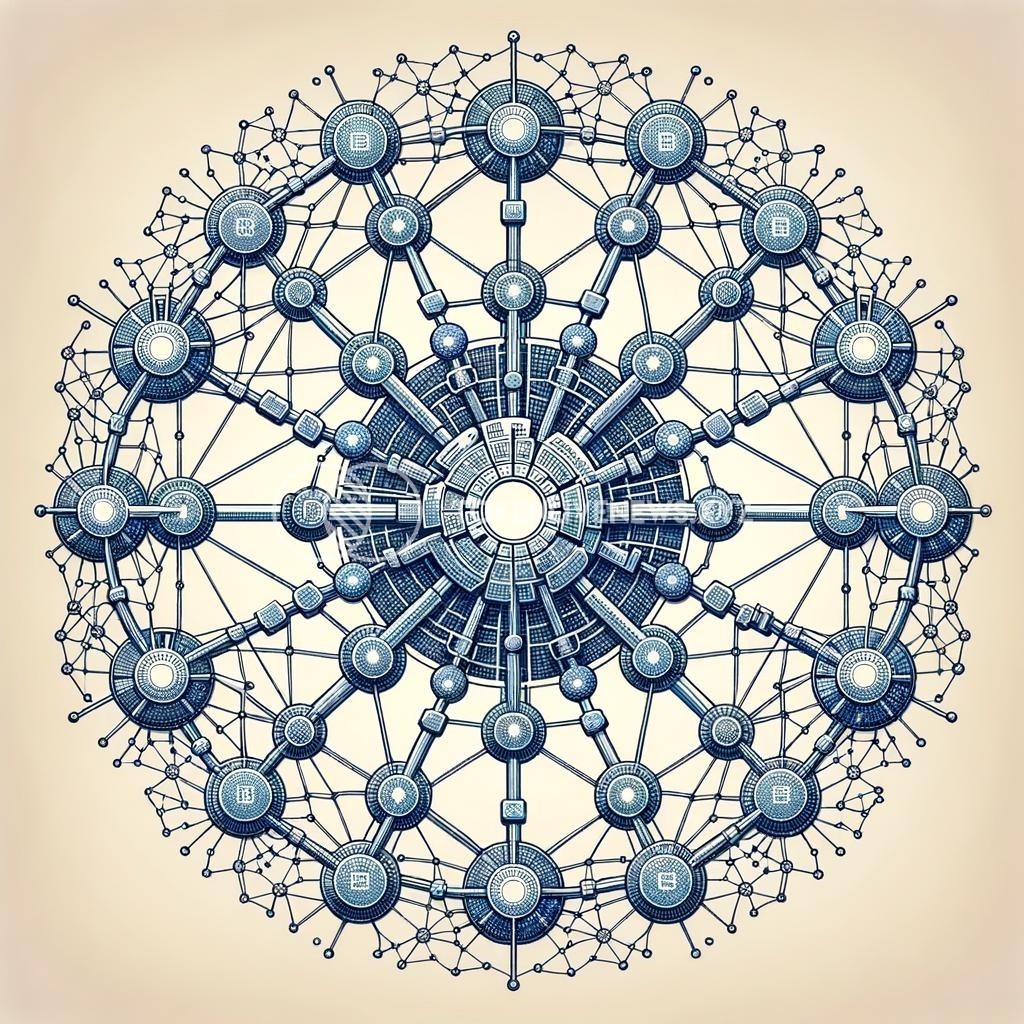How Does Polkadot Connect Chains: Unraveling the Relay Chain, Parachains, and Cross-Chain Network?
In the rapidly evolving landscape of blockchain technology, interoperability among different chains has become a significant focus. Polkadot, a popular blockchain protocol, has emerged as a groundbreaking solution to this challenge. By introducing a unique architecture based on Relay Chains, Parachains, and a Cross-Chain Network, Polkadot revolutionizes how blockchain networks connect and collaborate. Let’s dive deep into the mechanics of this innovative system.
At the core of Polkadot’s architecture lies the Relay Chain, which serves as the foundation for the entire network. This primary chain acts as the central hub that coordinates and maintains the consensus across all connected parachains. It ensures the security and scalability of the entire system, allowing for seamless communication and interoperability among the various chains.
Parachains, on the other hand, are specialized blockchains that connect to the Relay Chain. Each parachain has its own set of rules and functionalities tailored to specific use cases. These parachains rely on the Relay Chain for their network security, consensus, and cross-chain communication. By having separate parachains, Polkadot enables different chains to coexist and collaborate without sacrificing scalability or security.
But how exactly do these parachains and the Relay Chain communicate with each other? Enter the Cross-Chain Network. Polkadot incorporates a unique mechanism known as cross-chain rooting, which facilitates communication and data transfer between parachains and the Relay Chain. This allows for secure and efficient sharing of information across the entire network.
The Relay Chain, as the central hub, ensures the overall security of the connected parachains. It accomplishes this through a robust consensus mechanism called nominated proof-of-stake (NPoS). With NPoS, stakeholders can nominate trusted validators who play a crucial role in verifying and validating transactions. This effective consensus model guarantees the integrity and security of the entire Polkadot network.
Through its innovative architecture, Polkadot resolves the long-standing issue of blockchain interoperability. By providing a scalable, secure, and decentralized framework, Polkadot empowers various projects and applications to operate seamlessly together, unlocking endless possibilities for the blockchain ecosystem.
The advantages of Polkadot’s architecture extend beyond its interoperability features. Its design also enables unprecedented scalability and adaptability. New parachains can easily be added to the network without requiring any changes to the Relay Chain or other connected parachains, ensuring a smooth expansion of the ecosystem as it continues to grow.
Moreover, Polkadot’s cross-chain capabilities introduce tremendous opportunities for collaboration and the sharing of resources between different chains. Projects can leverage the specialized functionalities of other parachains, creating synergies that promote innovations and advancements in the blockchain industry as a whole.
In conclusion, Polkadot’s innovative architecture, comprising the Relay Chain, Parachains, and Cross-Chain Network, revolutionizes how blockchain networks connect and collaborate. By providing a scalable, secure, and decentralized framework, Polkadot enables seamless interoperability, ensuring that diverse chains can communicate, share resources, and collectively advance the blockchain industry. As the blockchain ecosystem continues to evolve, Polkadot stands at the forefront, powering a new era of collaboration and innovation.








Hello https://www.tokenlivenews.xyz/category/bitcoin/,
Myself Geetasri, and I am a content writer by profession. Through my research I have come to your profile and it seems interesting to me. I can offer you the best content writing and guest posting service at affordable price.
Let me know your thoughts on it.